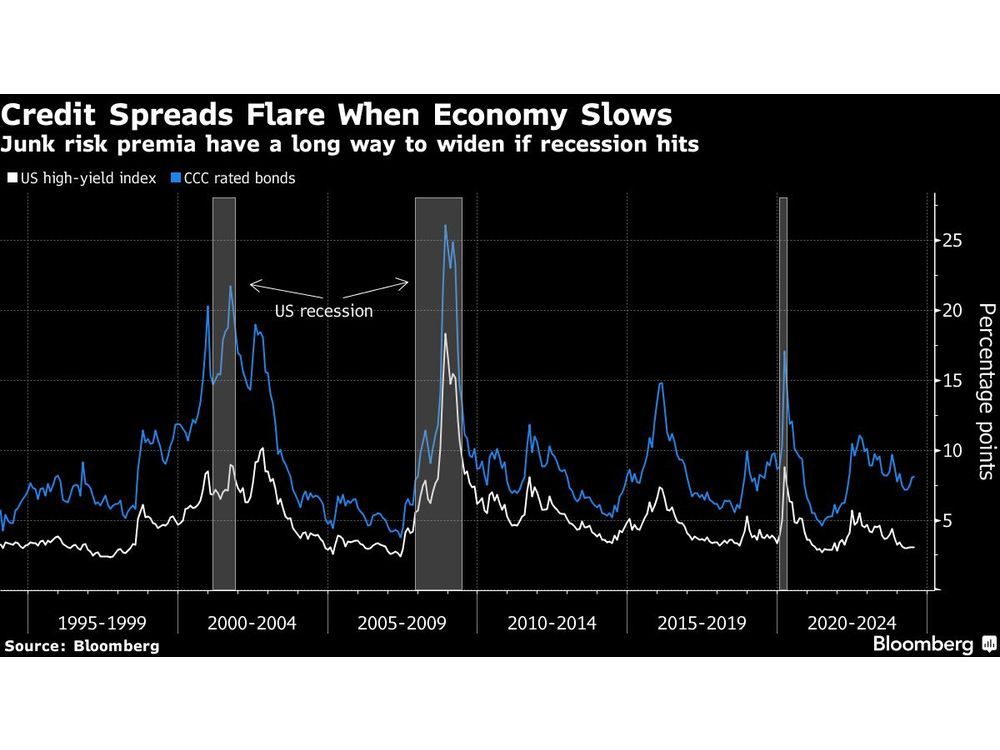Follow us on LinkedIn
Do you want to be a successful quantitative finance professional? If so, you need to know how to use statistics effectively. This guide will teach you everything you need to know about statistical concepts and techniques that are used in quantitative finance. We’ll cover topics such as descriptive statistics, probability theory, and regression analysis. By the end of this post, you’ll have an overview of how statistics is applied in quantitative finance.
Descriptive statistics
Descriptive statistics is an important tool for quantitative finance professionals. They help us to summarize data and to understand relationships between variables. There are two main types of descriptive statistics: measures of central tendency and measures of dispersion. Measures of central tendency include the mean, median, and mode. Measures of dispersion include the range, variance, and standard deviation. Descriptive statistics are used to describe data. They are not used to make predictions.
Quantitative finance professionals use inferential statistics to make predictions. Inferential statistics are based on a sample of data. They allow us to make estimates and predictions about a population. The most common type of inferential statistic is the hypothesis test. Hypothesis tests allow us to test hypotheses about population parameters.
Both descriptive and inferential statistics are important tools for quantitative finance professionals. Descriptive statistics help us to summarize data and to understand relationships between variables. Inferential statistics allow us to make predictions about a population.
Probability theory
Probability theory is the mathematics of chance. It allows us to quantify uncertainty and make predictions about future events. Probability theory is used in a variety of quantitative finance applications. For example, it is used to calculate risk measures such as Value at Risk (VaR) and Expected Shortfall (ES). It is also used in portfolio optimization and derivative pricing.
There are two types of probability: theoretical probability and empirical probability. Theoretical probability is based on mathematics. It is calculated using the laws of probability. Empirical probability is based on observations of data. It is calculated by observing the outcomes of events.
Regression analysis
Regression analysis is a statistical technique that is used to model relationships between variables. It is a powerful tool that can be used to make forecasts and test hypotheses.
Quantitative finance professionals use regression analysis for a variety of purposes. For example, it can be used to predict future stock prices, calculate the value of derivatives, and assess credit risk.
Most regression in quantitative finance is linear. However, non-linear regression models are also used. The most common types of non-linear regression models are logistic regression and Poisson regression.
Conclusion
Statistics is an important tool for quantitative finance professionals. They allow us to summarize data, understand relationships between variables, and make predictions about future events. In this blog post, we’ve covered some of the most important statistical concepts and techniques that are used in quantitative finance. These include descriptive statistics, probability theory, and regression analysis. By understanding and applying these concepts, you’ll be able to confidently use statistics in your work.
Do you have any questions about statistics for quantitative finance? Leave a comment below and let us know.
Further questions
What's your question? Ask it in the discussion forum
Have an answer to the questions below? Post it here or in the forum
Meta rolled back January 6-era restrictions on former President Donald Trump's social media accounts ahead of the Republican National Convention.



June saw 75 filings, up from 62 in May and above the pandemic-era peak of 74 in July 2020, according to S&P Global Market Intelligence.

Credit markets are breathing a sigh of relief after inflation data showed price pressures are cooling broadly, but a weakening economy poses fresh risks to corporate debt.